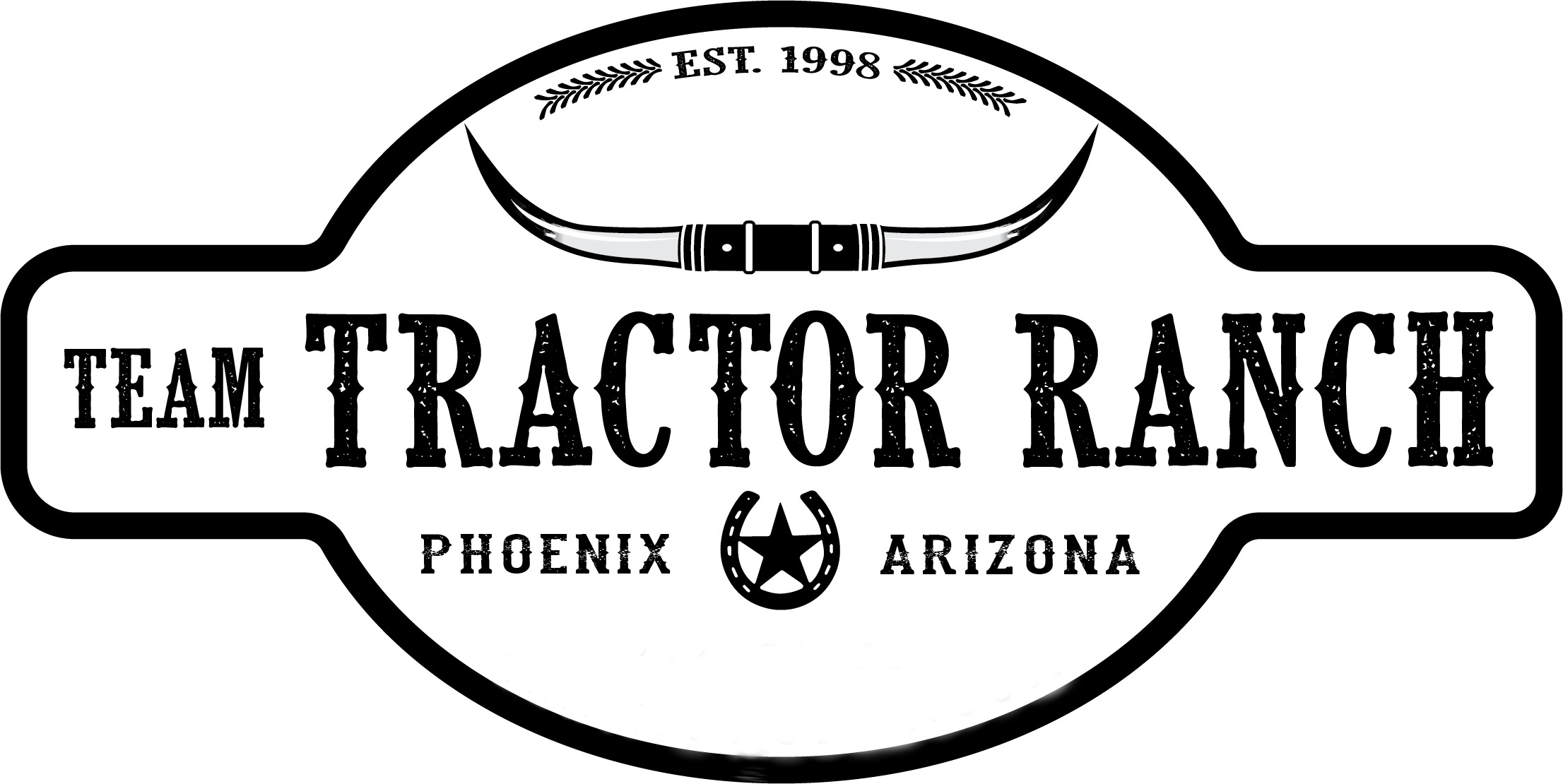Hydrostatic Transmissions Explained
How does a hydrostatic transmission on a tractor work?
A hydrostatic transmission uses hydraulic fluid and a variable displacement pump to convert mechanical energy into hydraulic energy, which is then used to power a hydraulic motor.
The key features of a hydrostatic transmission on a tractor are:
- It is controlled by forward and reverse pedals, with no need for a clutch, allowing the operator to focus on operating attachments.
- It provides infinitely variable speed control, allowing the tractor speed to be smoothly increased or decreased using a single lever.
- It can stop the tractor quickly by simply releasing the pedal, as the hydraulic motor acts as a brake.
- It is more compact in size compared to a manual transmission, as it does not require a gearbox.
- It applies torque smoothly and efficiently, making it well-suited for tasks like using a front-end loader.
However, it is generally less powerful than a manual transmission and may struggle more on hills and with heavy-duty tasks.
Ahydrostatic transmission on a tractor uses hydraulics to provide easy, infinitely variable speed control without the need for a clutch or gear shifting, making it well-suited for lighter duty applications.
If you need any further help or have any questions about service, tractors, implements, or anything else equipment-related, please contact your dealer, local mechanic, or call us at 602-734-9944. Please ask about our current new and used tractor supply.
If you are looking for old, vintage, classic, or new tractor parts, send us a part request.
Team Tractor Ranch - #1 Tractor Dealer in Arizona. We sell and service most major brands of tractors including Yanmar, Kubota, John Deere, TYM, Mahindra, Kioti, Case, New Holland, Massey Ferguson, Ford, Deutz, Case IH, Farmall, International Harvester, Branson Tractors, LS, Shibura, Claas Tractor, McCormick Tractors, Valtra, Solis, YTO, Montana, and Nortrac.
